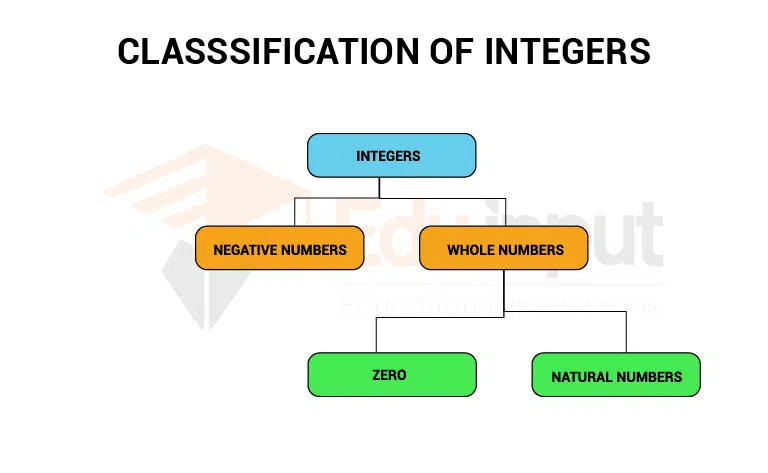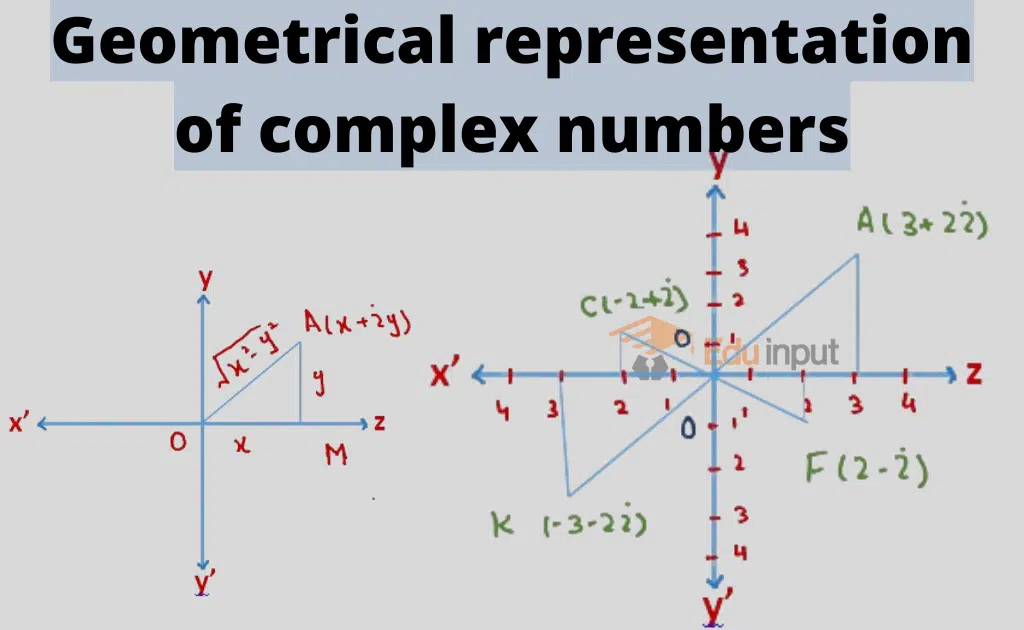Integers Operation-Definition, And Rules of Integers
Integers include all counting numbers including zero and negative numbers. The four basic arithmetic operations are associated with integers.
Integers Operation
The four basic Math operations are associated with integers. Are given below
- Addition of integers
- Subtraction of integers
- Multiplication of integers
- Division of integers
There are some different rules for performing these arithmetic operations of integers. Before we start learning this way of integer operations, we need to remember a few things.
- If there is no sign in front of a number, it means that the number is positive. For example, 3 means +3.
- The absolute value of an integer is a positive number, i.e., |−2| = 2 and |2| = 2.
Addition of Integers
Adding integers is the method of calculating the sum of two or more integers where the value might decrease or increase depending on the integer being positive or negative. The various rules and the possible cases for the addition of integers are given in the following section
Rules of Integers
Use the following rules adding two integers
- When two integers have the same signs: Add the absolute values of integers and the same sign as that of the given integers to the answer.
- When one integer is positive and the other is negative: calculate the difference of the absolute values of the numbers and then give the sign of the greater of these numbers to the answer.
For example:
Add the given integers: 3+ (-5)
Solution:
Here, the absolute values of 3 and (-5) are 3 and 5 respectively.
Their difference (greater number – smaller number) is 5 – 2 = 2
5 is the greater number and its original sign is “-”.
Hence, the answer gets a negative sign, “-”.
Therefore,
3 + (-5) = -2
Example: adding the two integers
(-3) + 5
Here, the absolute values of (-2) and 5 are 2 and 5 respectively.
Heir difference (greater number – smaller number) is
5 – 3= 2. Now, 2 and 5, 5 is the greater number and its original sign “+”. Hence, the result will be a positive value. Therefore,(-3) + 5 = 2







Leave a Reply